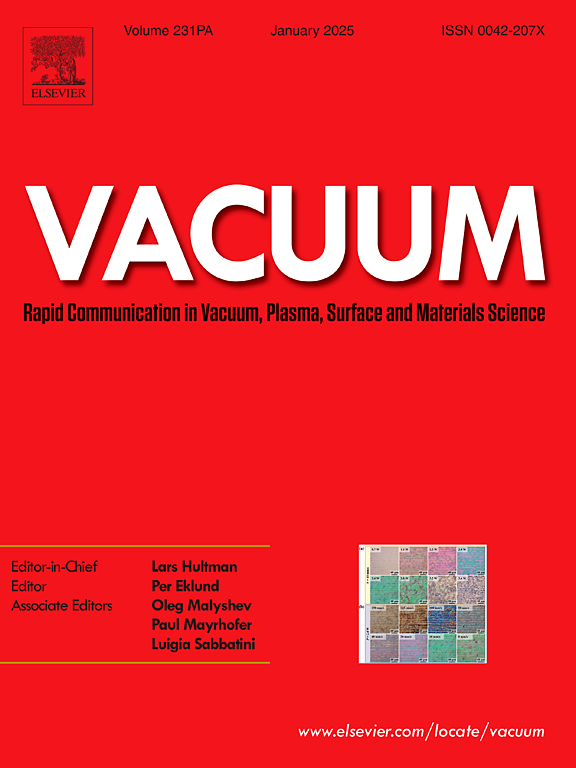Light-weight multi-principal element alloy Ti50V40Cr5Al5 with high strength-ductility and improved thermo-physical properties
IF 3.8
2区 材料科学
Q2 MATERIALS SCIENCE, MULTIDISCIPLINARY
引用次数: 0
Abstract
The single-phase body-centered-cubic (BCC) multi-principal element alloys (MPEAs) have garnered attention as promising materials for extreme conditions in nuclear reactors. However, the limited ductility and high density of BCC MPEAs present challenges for practical applications. In this work, a novel light-weight single-phase BCC MPEA with high strength-ductility, Ti50V40Cr5Al5, was designed using the ΔHmix-δ, and M-VEC under the requirement of ρ < 6 g/cm3. The Ti50V40Cr5Al5 prepared by vacuum arc melting exhibits single-phase BCC microstructure and a low density of 5.09 g/cm³. Compared to conventional reduced activation ferritic/martensitic (RAFM) steels, the thermal expansion coefficient of this alloy is reduced by 0.19 × 10−5 K−1 to 0.49 × 10−5 K−1 (a decrease of 15–33 %), while its thermal conductivity increases by > 1.2 W/(m·°C) (an increase of >4 %) at 600 °C. Ti50V40Cr5Al5 exhibits high strength-ductility at room temperature (σy = 796 MPa, εΤΕ = 31 %) and achieves excellent strength-ductility synergy at 25–600 °C. Its yield strength is 125–333 MPa (an increase of 26–132 %) higher than that of conventional RAFM steels, with a 7.7–35.1 % (an increase of 33–396 %) higher total elongation. With its outstanding thermo-physical properties and excellent strength-ductility synergy, Ti50V40Cr5Al5 stands out as a promising candidate for structural materials of nuclear reactors.
求助全文
约1分钟内获得全文
求助全文
来源期刊

Vacuum
工程技术-材料科学:综合
CiteScore
6.80
自引率
17.50%
发文量
0
审稿时长
34 days
期刊介绍:
Vacuum is an international rapid publications journal with a focus on short communication. All papers are peer-reviewed, with the review process for short communication geared towards very fast turnaround times. The journal also published full research papers, thematic issues and selected papers from leading conferences.
A report in Vacuum should represent a major advance in an area that involves a controlled environment at pressures of one atmosphere or below.
The scope of the journal includes:
1. Vacuum; original developments in vacuum pumping and instrumentation, vacuum measurement, vacuum gas dynamics, gas-surface interactions, surface treatment for UHV applications and low outgassing, vacuum melting, sintering, and vacuum metrology. Technology and solutions for large-scale facilities (e.g., particle accelerators and fusion devices). New instrumentation ( e.g., detectors and electron microscopes).
2. Plasma science; advances in PVD, CVD, plasma-assisted CVD, ion sources, deposition processes and analysis.
3. Surface science; surface engineering, surface chemistry, surface analysis, crystal growth, ion-surface interactions and etching, nanometer-scale processing, surface modification.
4. Materials science; novel functional or structural materials. Metals, ceramics, and polymers. Experiments, simulations, and modelling for understanding structure-property relationships. Thin films and coatings. Nanostructures and ion implantation.
 求助内容:
求助内容: 应助结果提醒方式:
应助结果提醒方式:


